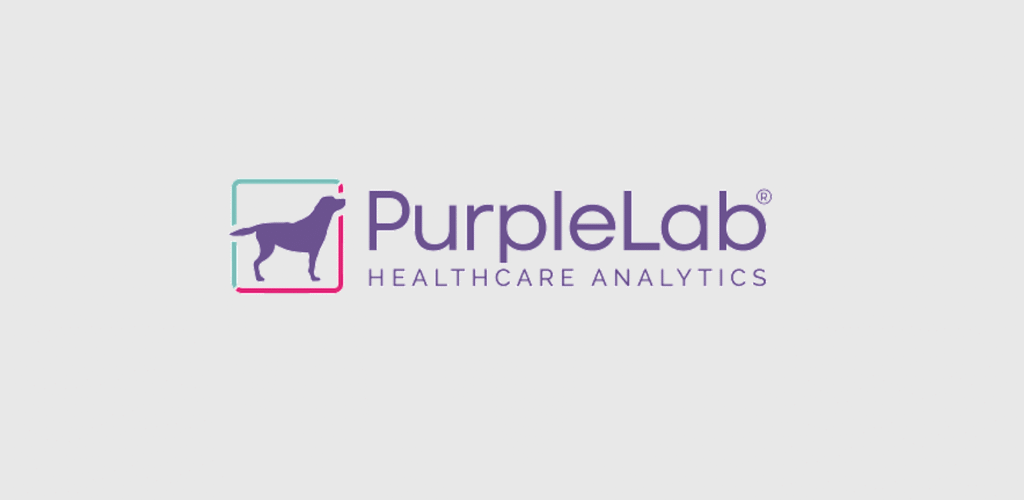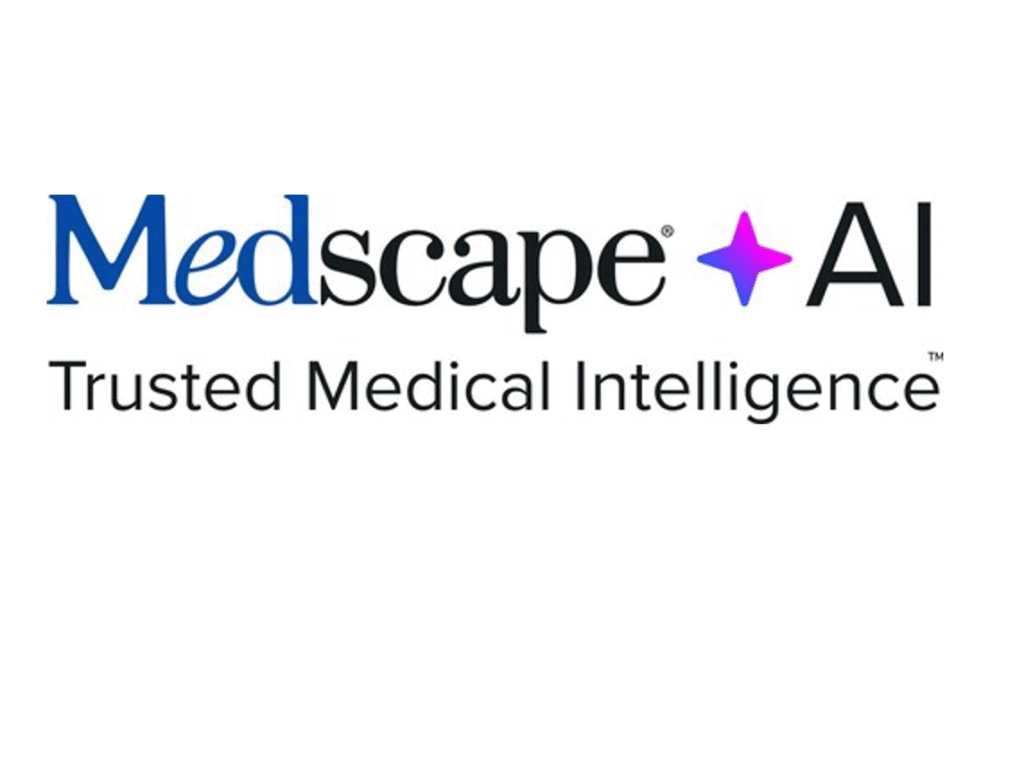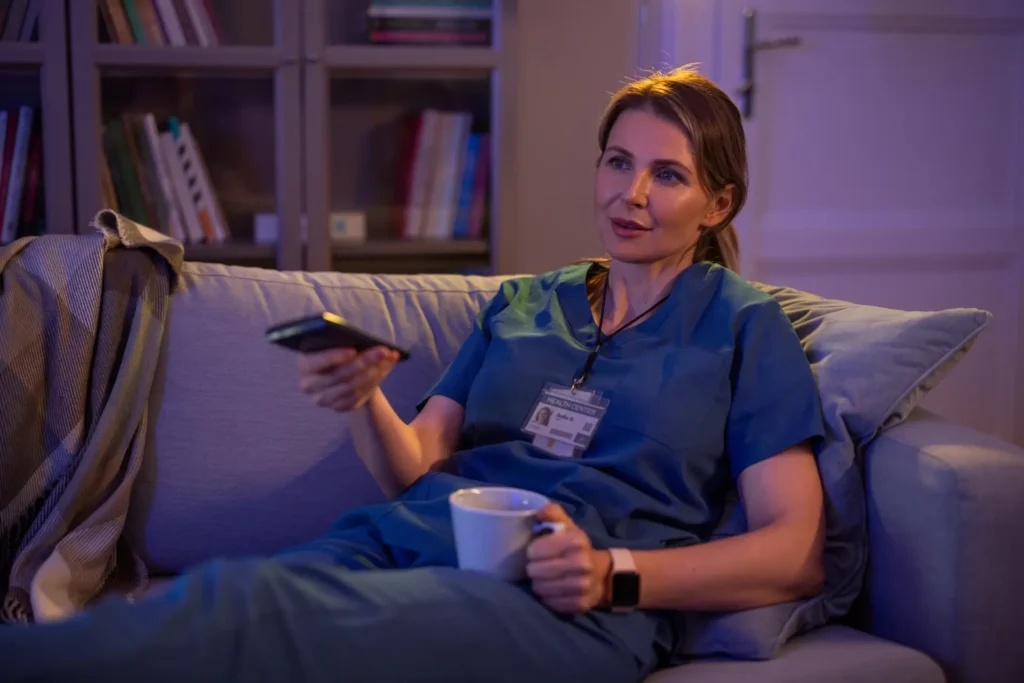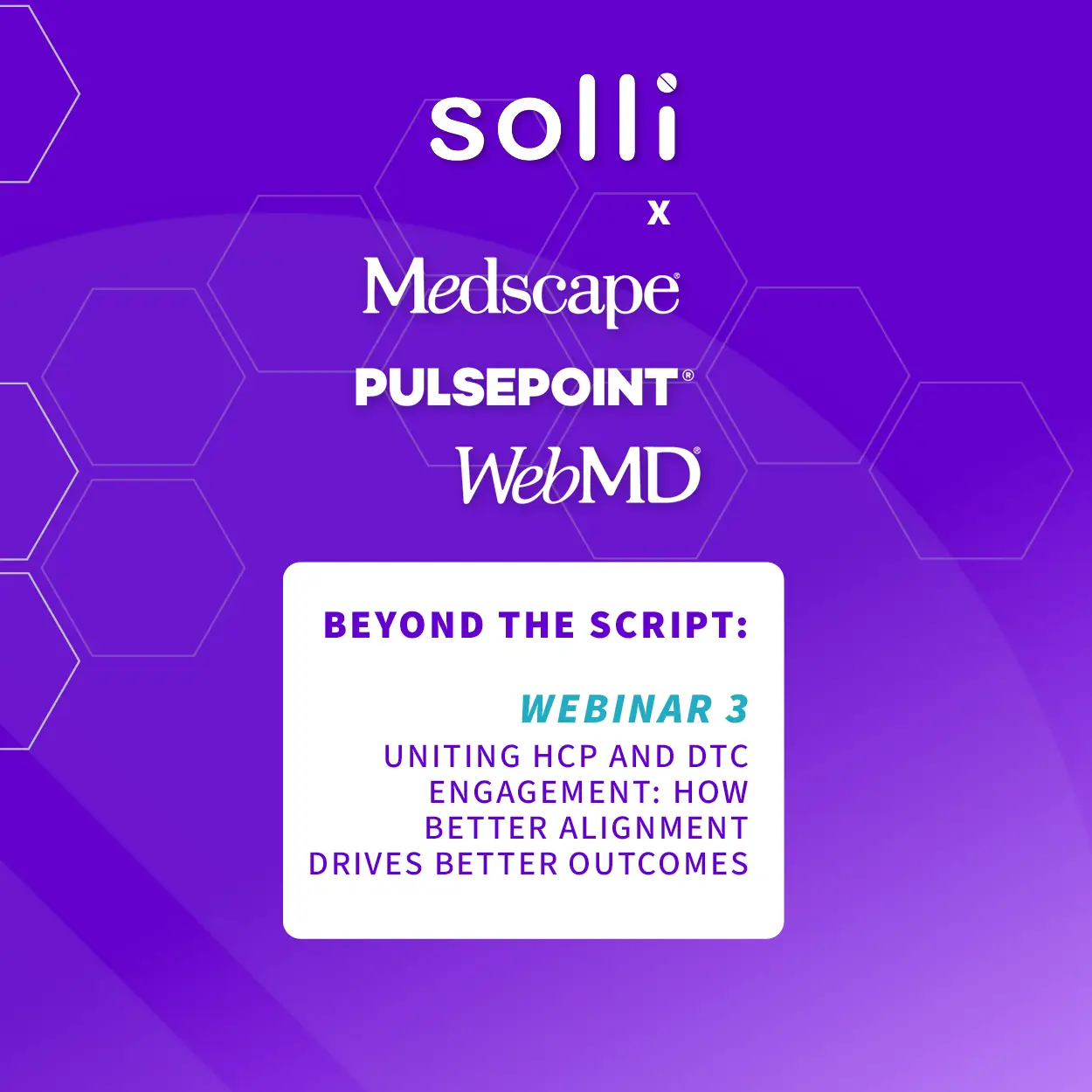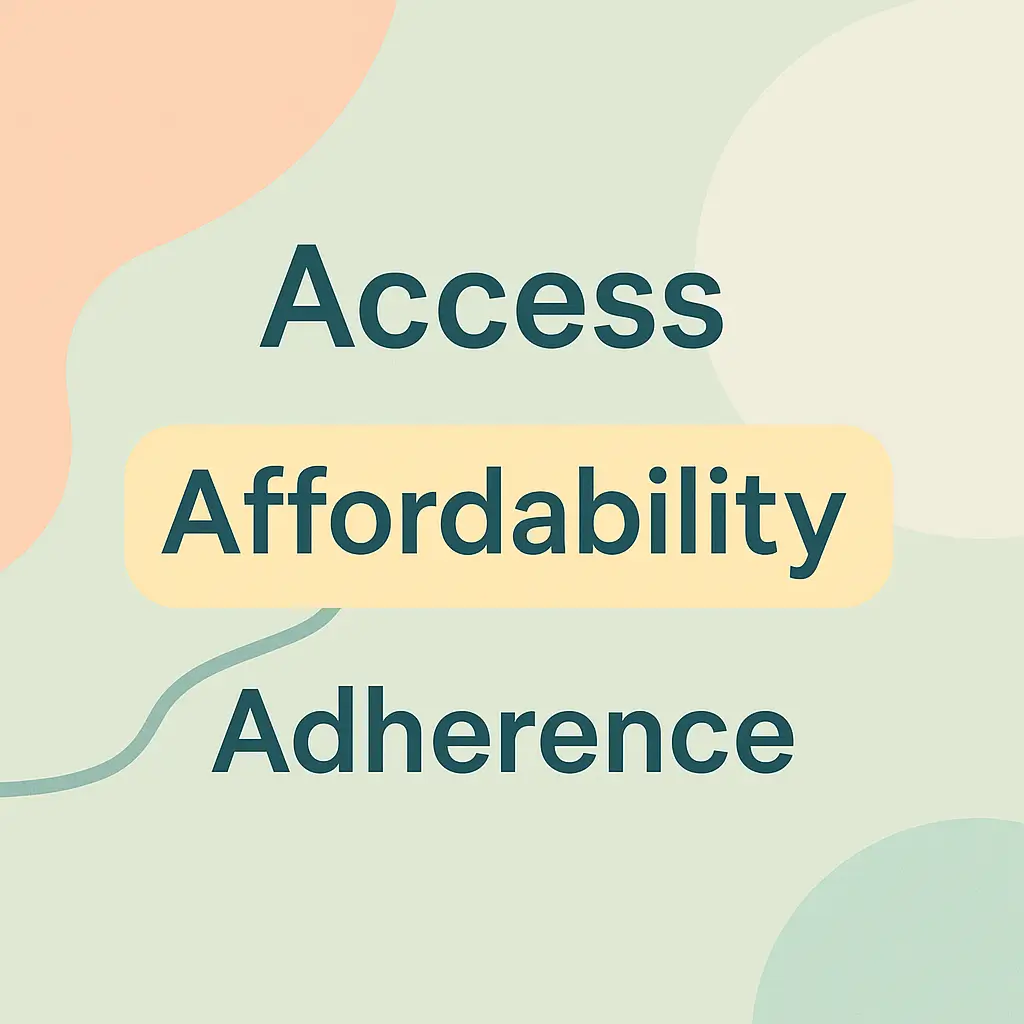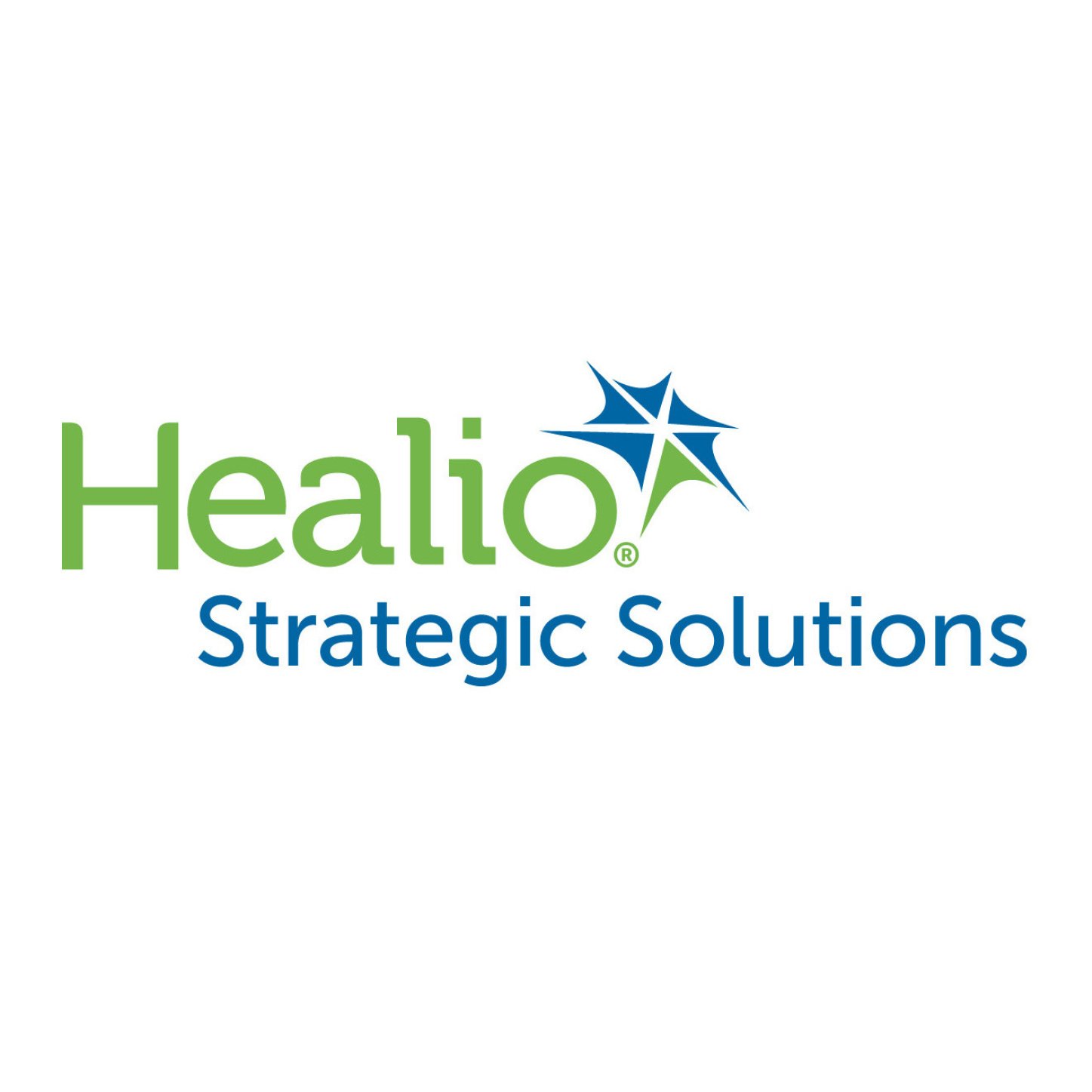The Importance of Planning Beyond National Borders
Harnessing Insights from Global Media Vitals™ For Impactful Global Media Strategies

Often, agencies will receive a media brief that is focused on targeting healthcare professionals based in just one country.
And it makes sense; brand teams may only have the authority to advertise in one market, regulatory considerations can limit geographical scope of activity, or there may not be sufficient budget to target multiple countries.
However, even when we’re working on single-market media campaigns, we stress the importance of uncovering opportunities that may originate from outside of the target country. This approach has been proven from the successes of countless campaigns, but has been further validated by new research we’ve conducted at CMI Media Group.
Insights from Global Media Vitals™
Global Media Vitals™ is a proprietary research study conducted by CMI Media Group to uncover insights about the media habits and preferences of healthcare professionals across multiple therapy areas in Europe and Canada. This research generates proprietary data on the channels and platforms HCPs are using and the reasons why.
But, one particular question, which may not immediately seem tied to media preferences, shone a light on the international nature of HCPs’ lives.
We asked European and Canadian HCPs how often they were engaging or collaborating with healthcare professionals working in other countries. The response was eye-opening. Over 80% of HCPs said they were collaborating with HCPs in other countries at least monthly, and almost 50% said they were doing so at least once a week.

There were of course differences between therapy areas. Incredibly, over 95% of cardiologists are interacting with colleagues in other countries monthly. Other audiences with high levels of international engagement were neurologists and dermatologists (88% and 87% at least 1x monthly), respectively). On the lower end of the scale are pulmonologists. Just 58% of HCPs in that specialty said they were engaging with HCPs in other markets at least monthly, which is still a significant portion of the audience.
Implications for Media Strategies
So, the question is how can that data impact our HCP media strategies? One thing it certainly does, is inform us that HCPs are frequently engaging with their peers outside of their immediate health systems, so in turn we too should consider where we can engage with our target audiences from a paid media perspective, when these cross-border collaborations are occurring, even if the media brief is focused on HCPs in one particular market.
Congresses and events are an obvious channel, but they only occur a handful of times each year. We do know though, that HCPs from all countries are increasingly congregating on international, digital platforms.
There are many of these platforms and they come in multiple forms. There are the international HCP news platforms such as Medscape, which has millions of active HCPs visiting it every year. Or there are HCP-specific social networks, such as Sermo or MedShr, where HCPs from around the world can discuss patient cases or ask questions. And there are apps, like ONCOassist, which is a tool used by oncologists across the globe to inform clinical decisions at the point of care.
All of these platforms have opportunities which can be geo-targeted to particular countries, which means they can have just as big of an impact on a single-market campaign as would using a local media partner.
That is not to say that local market platforms should automatically be ignored, they also play an important role and can have great reach. Especially among audiences like GPs, which is one of the HCP audiences which still maintains a robust print journal landscape across most European and North American markets.
Leveraging Global Platforms for Local Impact
However, as HCPs increasingly work with counterparts in other countries, the global or multi-national platforms offer a huge opportunity for single market media campaigns too, not just the larger, regional activations.
Utilizing global platforms to reflect the cross-border collaboration of HCPs also offers benefits that go beyond the immediate media campaign being planned. For an agency like CMI Media Group, which works across all major markets internationally, both regionally and at the local level, using global platforms on local campaigns also allows:
- Improved data and analytics for brand teams – we can more easily compare activity from one market to another when the advertising is live on the same platform, and develop recommendations or optimizations which can be applied to multiple markets.
- Cost efficiencies for clients– leveraging multinational media spend to drive lower media costs at the local level.
- Consistency in messaging – using global platforms for multiple local campaigns enables the development of a cohesive global strategy tailored to local nuances without compromising the overall brand integrity.
We would never advocate ignoring key local platforms, in fact many of the most successful campaigns mix the best local with global platforms. However, our data and experience shows that HCPs are increasingly thinking globally, even if their work is focused locally. And in response to that reality, when creating paid media strategies for reaching HCPs, agencies must think about what opportunities exist beyond the borders of their target market.
This piece was authored by Matt Durham, Director of Global Media at CMI Media Group. Matt brings over a decade of international pharmaceutical and healthcare media planning and strategy experience. He has led media campaigns across all major therapeutic categories with most of the top 10 pharmaceutical companies.
To find out more about CMI Media Group and their services click here.

